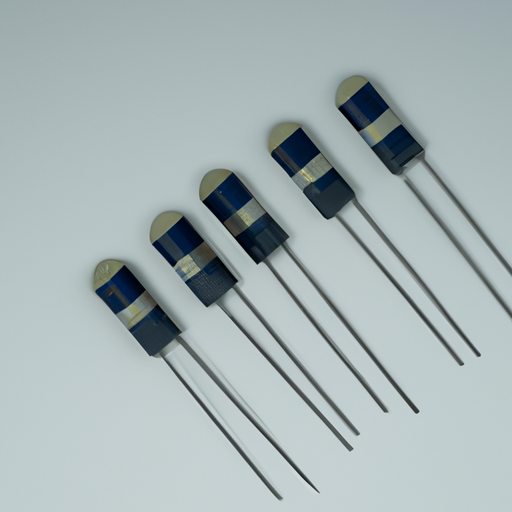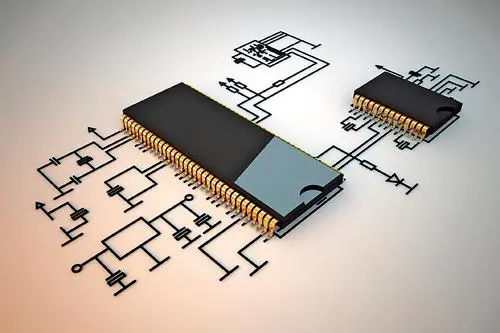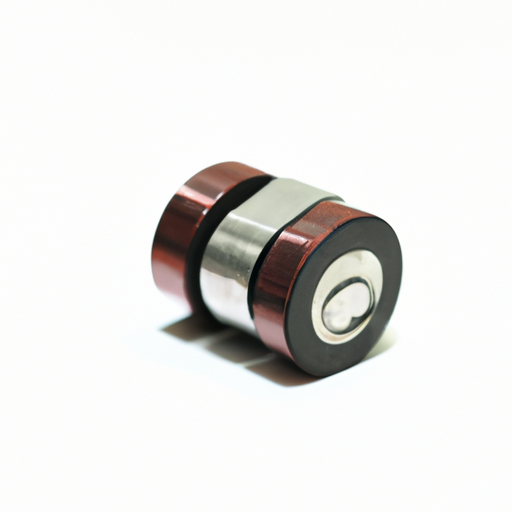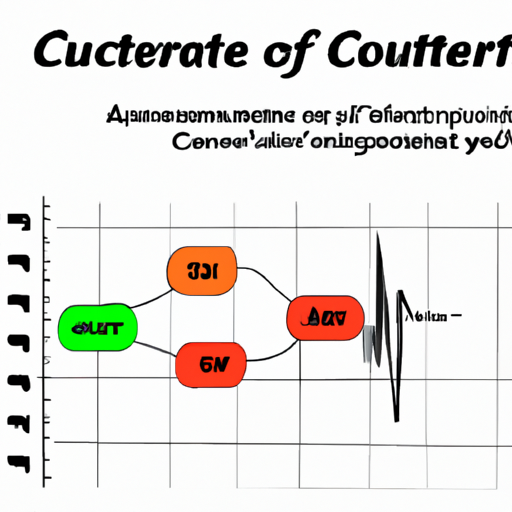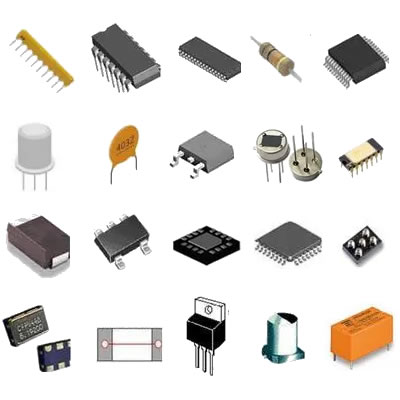What is the current situation of the adjustable inductor industry?
The Current Situation of the Adjustable Inductor Industry
I. Introduction
Adjustable inductors are essential components in various electronic circuits, allowing for the tuning of inductance values to meet specific requirements. These components play a crucial role in applications ranging from telecommunications to consumer electronics, automotive systems, and renewable energy technologies. As the demand for more sophisticated electronic devices continues to rise, the adjustable inductor industry is experiencing significant changes. This blog post explores the current state of the adjustable inductor industry, examining its historical context, market dynamics, applications, technological innovations, challenges, and future trends.
II. Historical Context
The concept of inductors dates back to the early days of electrical engineering, with adjustable inductors emerging as a solution to the need for tunable circuits. Over the decades, the industry has witnessed several key technological advancements, including the development of variable inductors and the integration of adjustable inductors into more complex systems. Historical market trends indicate a steady growth trajectory, driven by the increasing complexity of electronic devices and the demand for more efficient power management solutions.
III. Market Overview
A. Global Market Size and Growth Projections
As of 2023, the global adjustable inductor market is valued at approximately $1.2 billion, with projections indicating a compound annual growth rate (CAGR) of around 6% over the next five years. This growth is fueled by the rising demand for adjustable inductors in various sectors, particularly in telecommunications and automotive applications.
B. Key Players in the Industry
The adjustable inductor industry is characterized by a mix of established manufacturers and emerging startups. Major players include companies like Vishay Intertechnology, Murata Manufacturing, and TDK Corporation, which dominate the market with their extensive product portfolios and technological expertise. Additionally, several startups are entering the market, focusing on innovative designs and niche applications, contributing to a dynamic competitive landscape.
C. Regional Analysis
1. **North America**: The North American market is driven by advancements in telecommunications and consumer electronics. The presence of major tech companies and a strong focus on research and development contribute to the region's growth.
2. **Europe**: Europe is witnessing a surge in demand for adjustable inductors, particularly in the automotive and renewable energy sectors. Stringent regulations regarding energy efficiency are also propelling market growth.
3. **Asia-Pacific**: The Asia-Pacific region is the largest market for adjustable inductors, primarily due to the rapid industrialization and increasing electronics manufacturing in countries like China, Japan, and South Korea.
4. **Rest of the World**: Emerging markets in Latin America and the Middle East are beginning to adopt adjustable inductors, albeit at a slower pace compared to the aforementioned regions.
IV. Applications of Adjustable Inductors
Adjustable inductors find applications across various industries, each leveraging their unique properties to enhance performance.
A. Telecommunications
In telecommunications, adjustable inductors are crucial for tuning circuits in radio frequency (RF) applications, enabling efficient signal transmission and reception. They are used in devices such as antennas, transmitters, and receivers, where precise inductance values are necessary for optimal performance.
B. Consumer Electronics
The consumer electronics sector utilizes adjustable inductors in devices like smartphones, tablets, and laptops. These components help manage power distribution and signal processing, ensuring that devices operate efficiently and effectively.
C. Automotive Industry
In the automotive industry, adjustable inductors are increasingly used in electric vehicles (EVs) and advanced driver-assistance systems (ADAS). They play a vital role in power management systems, helping to optimize energy consumption and enhance vehicle performance.
D. Industrial Applications
Adjustable inductors are also employed in various industrial applications, including motor drives, power supplies, and automation systems. Their ability to adapt to changing load conditions makes them invaluable in maintaining system stability and efficiency.
E. Renewable Energy Systems
As the world shifts towards renewable energy sources, adjustable inductors are becoming essential in solar inverters and wind turbine systems. They help manage energy flow and improve the efficiency of energy conversion processes.
V. Technological Innovations
The adjustable inductor industry is witnessing several technological innovations that are shaping its future.
A. Advances in Materials and Design
Recent advancements in materials science have led to the development of high-performance inductors with improved thermal stability and efficiency. New designs, such as planar inductors, are also emerging, offering compact solutions for space-constrained applications.
B. Integration with Smart Technologies
The integration of adjustable inductors with smart technologies, such as IoT devices and AI systems, is revolutionizing their applications. These technologies enable real-time monitoring and adjustment of inductance values, enhancing system performance and reliability.
C. Miniaturization and Efficiency Improvements
The trend towards miniaturization in electronics is driving the development of smaller, more efficient adjustable inductors. Manufacturers are focusing on reducing size while maintaining performance, allowing for more compact designs in consumer electronics and automotive applications.
D. Impact of IoT and AI on Adjustable Inductor Design
The rise of IoT and AI is influencing the design of adjustable inductors, with a focus on creating smart components that can adapt to changing conditions. This adaptability is crucial for applications in smart grids, autonomous vehicles, and connected devices.
VI. Challenges Facing the Industry
Despite its growth potential, the adjustable inductor industry faces several challenges.
A. Supply Chain Disruptions
Recent global events have highlighted vulnerabilities in supply chains, leading to shortages of raw materials and components. These disruptions can impact production schedules and increase costs for manufacturers.
B. Competition from Alternative Technologies
The adjustable inductor market is facing competition from alternative technologies, such as digital inductors and other electronic components that offer similar functionalities. Manufacturers must innovate to maintain their competitive edge.
C. Regulatory and Environmental Concerns
As environmental regulations become more stringent, manufacturers must ensure that their products comply with sustainability standards. This includes reducing waste and improving energy efficiency in production processes.
D. Market Volatility and Economic Factors
Economic fluctuations can impact demand for adjustable inductors, particularly in sectors like automotive and consumer electronics. Manufacturers must remain agile to navigate these market dynamics effectively.
VII. Future Trends
Looking ahead, several trends are expected to shape the adjustable inductor industry.
A. Predictions for Market Growth and Technological Advancements
The market is projected to continue its growth trajectory, driven by advancements in technology and increasing demand across various sectors. Innovations in materials and design will further enhance the performance of adjustable inductors.
B. Potential New Applications and Markets
As industries evolve, new applications for adjustable inductors are likely to emerge. For instance, the growing focus on electric vehicles and renewable energy systems presents opportunities for manufacturers to develop specialized inductors tailored to these markets.
C. The Role of Sustainability in the Future of Adjustable Inductors
Sustainability will play a crucial role in the future of the adjustable inductor industry. Manufacturers will need to prioritize eco-friendly practices, from sourcing materials to production processes, to meet consumer demand for sustainable products.
VIII. Conclusion
In summary, the adjustable inductor industry is at a pivotal point, characterized by growth, innovation, and evolving applications. As technology advances and industries adapt, the importance of adjustable inductors will only increase. The industry's ability to remain adaptable and responsive to market changes will be key to its future success. As we look ahead, the potential for new applications and the emphasis on sustainability will shape the trajectory of the adjustable inductor industry, ensuring its relevance in an ever-changing technological landscape.
IX. References
1. Academic journals on electrical engineering and materials science.
2. Industry reports from market research firms.
3. Market analysis publications focusing on electronic components.
4. Interviews with industry experts and leaders in the adjustable inductor market.
This comprehensive overview of the adjustable inductor industry highlights its current situation, challenges, and future prospects, providing valuable insights for stakeholders and enthusiasts alike.


